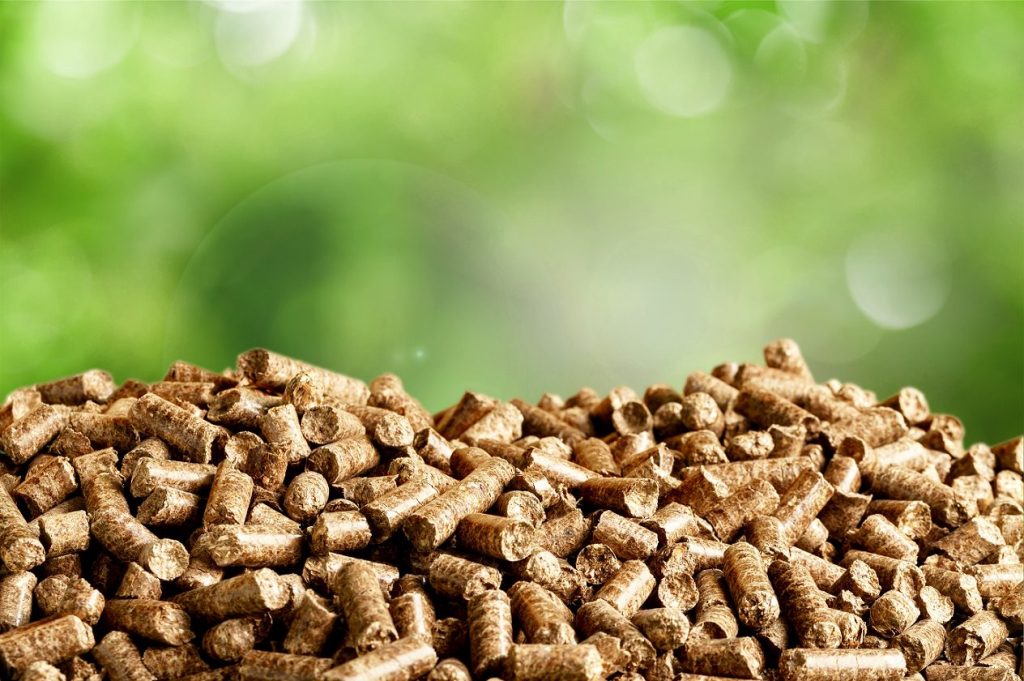Wood pellets are a type of biomass energy produced from squeezed sawdust, wood chips, and other timber residues. They are trusted as a renewable power resource for heating homes, organizations, and commercial facilities. Wood pellets present a few benefits over standard fossil fuels, including decrease carbon emissions, paid off dependence on non-renewable methods, and cost-effectiveness.
One of the main great things about timber pellets is their sustainability. Unlike fossil fuels, which are finite assets, timber pellets are manufactured from renewable biomass components that can be replenished through responsible forestry practices and sustainable land management. This makes wood pellets an even more eco-friendly option to conventional heating fuels, as they lessen greenhouse gas emissions and mitigate weather change.
More over, timber pellets are very effective when found in contemporary pellet stoves, boilers, and furnaces. They’ve a top energy occurrence and generate regular, controlled temperature, permitting precise temperature regulation and maximum comfort. Additionally, wood pellet heating techniques could be automated and integrated with present heat infrastructure, creating them easy and easy to use.
Along with their environmental and performance advantages, wood pellets will also be cost-effective compared to many other heat fuels. While the first expense in a wood pellet home heating might be more than that of a mainstream heater or boiler, the long-term savings on fuel fees may counteract that cost around time. Furthermore, wood pellets are often made locally, lowering transport fees and encouraging regional economies.
Moreover, timber pellets are a flexible energy that can be utilized in a number of heating applications. They may be burnt in pellet ovens for residential heating, pellet boilers for bigger houses and professional rooms, and pellet furnaces for industrial processes. That flexibility makes wood pellets ideal for a wide selection of heat needs, from individual homes to large-scale facilities.
However, it’s essential to think about environmentally friendly and social influences of wood pellet production. While sustainably managed woods may function as a renewable source of biomass for pellet production, unsustainable logging techniques and deforestation may result in habitat loss, biodiversity decline, and different environmental issues. Also, the need for wood pellets has raised considerations about competition for land and resources, along with possible conflicts with food creation and conservation efforts.
Moreover, the sustainability of wood pellet creation depends upon responsible sourcing and accreditation practices. Companies like the Sustainable Biomass Plan (SBP) and Forest Stewardship Council (FSC) have developed criteria and accreditation systems to market responsible forestry practices and assure the sustainability of wood pellet production. By purchasing licensed timber pellets, people may help companies that abide by strict environmental and cultural standards.
To conclude, timber pellets provide a sustainable, efficient, and Wood Pellet For Sale -effective option to conventional heating fuels. They are produced from green biomass materials, make lower carbon emissions than fossil fuels, and may be used in a number of heating applications. However, it’s necessary to think about environmentally friendly and cultural influences of timber pellet generation and to support responsible sourcing and qualification methods to guarantee the sustainability of this green energy source.

